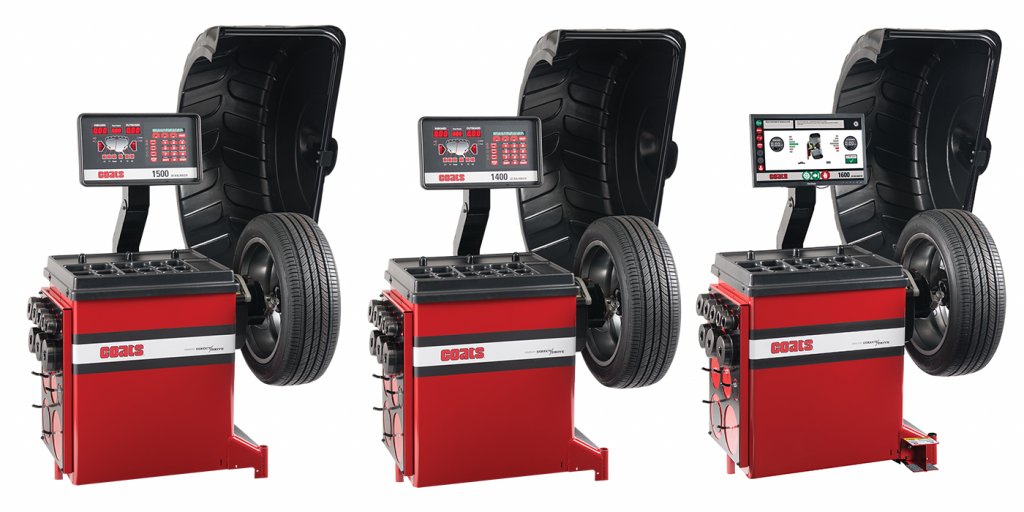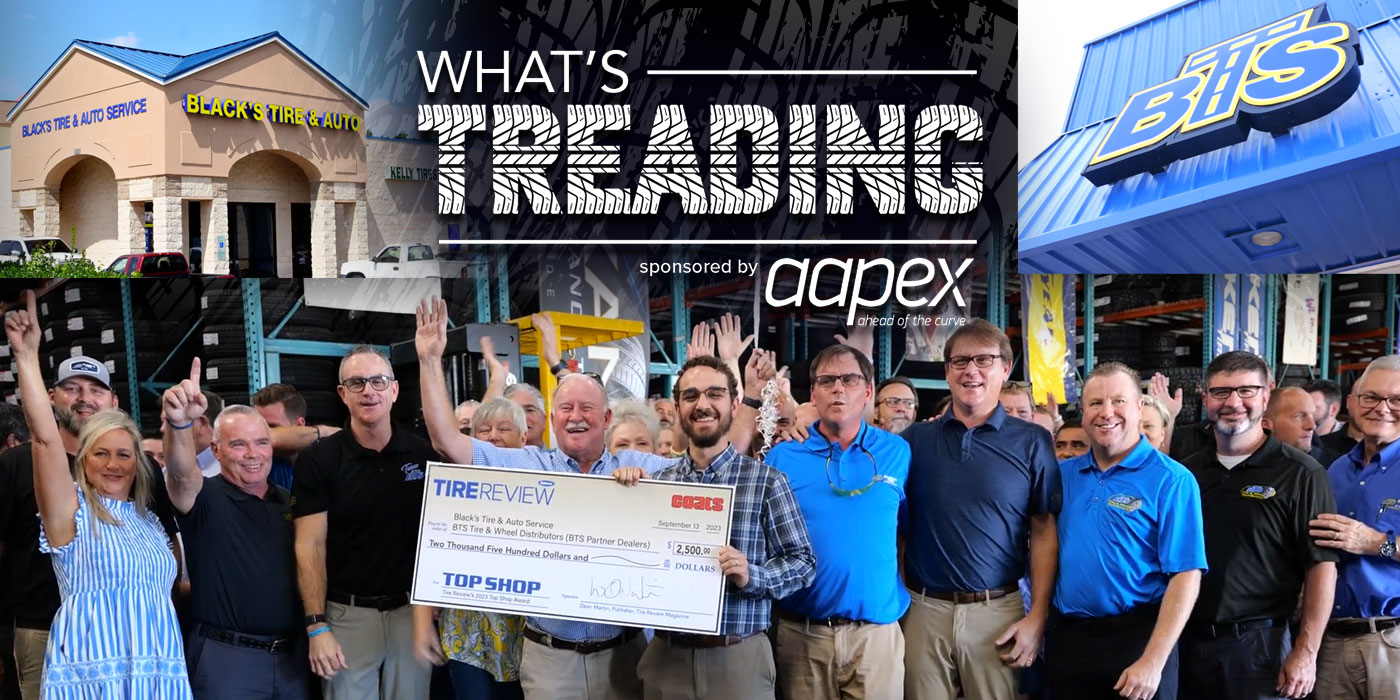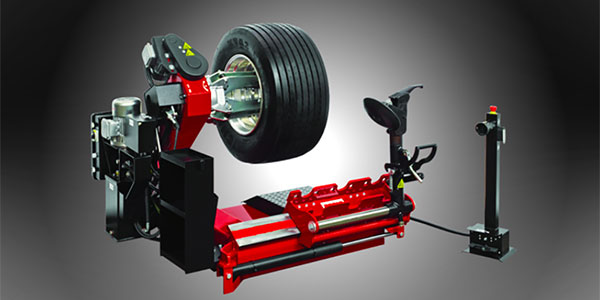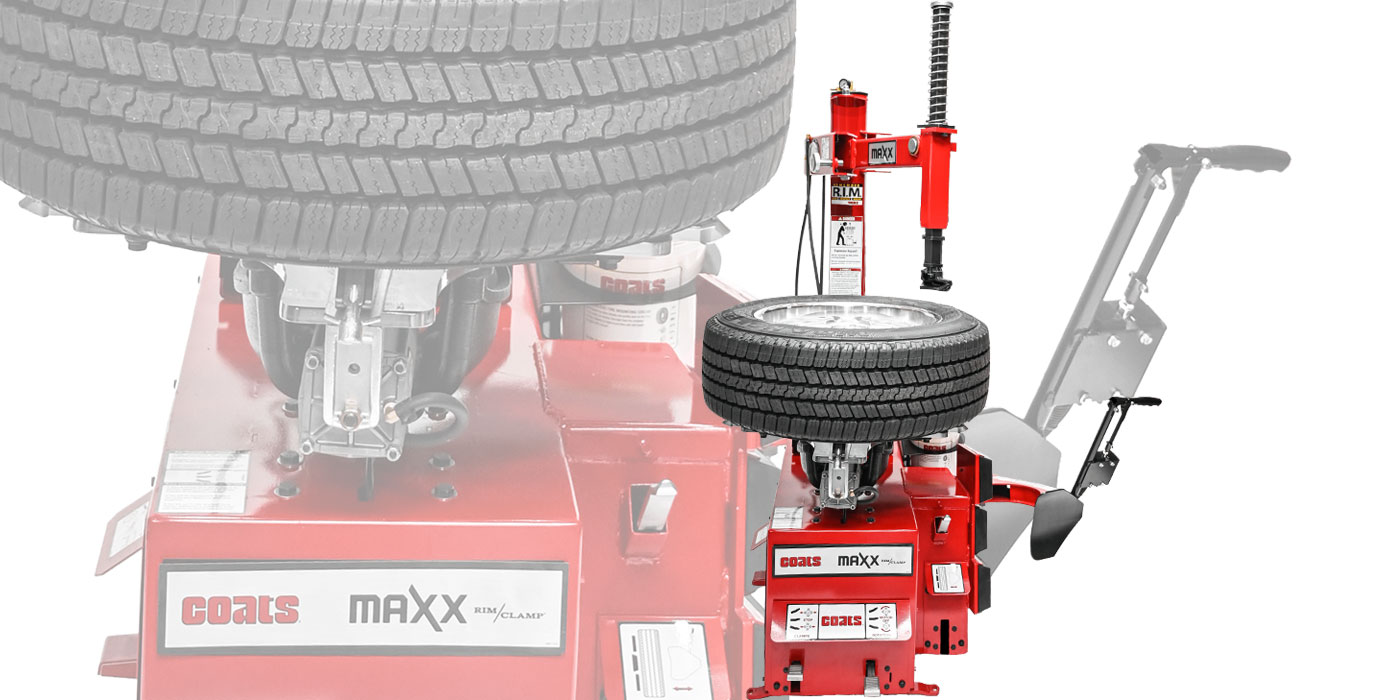Your shop’s wheel balancer investment says a lot about the type of work you do, and as a shop owner, it merits careful consideration.
Are you a high-volume shop that’s laser-focused on tire service? Or a low-volume shop that balances and mounts a few tires per week? Or, do you do heavy-duty work? All scenarios require a different wheel balancer investment, which means when your shop is ready to search for new equipment, you should weigh your options carefully.
Now, let’s get into the specifics of what you need to consider before bringing in a new piece of equipment into your shop.
Getting to Work
While the type of wheel balancer you invest in depends on the work your shop does, there’s a few standard features that your piece of equipment should have to service today’s tire and wheel assemblies.
First, productivity features such as lasers that pinpoint accurate tape weight placement are essential as well as wheel lifts to prevent wheel damage and protect your technicians. In addition, a wheel balancer that can identify vibrations before the wheel is installed on a vehicle allows the technician to easily remedy problems before they could result in a comeback.
For high-volume shops, look for machines that complement the tire volume you do. Features that automatically position the wheel at the weight placement location and lock the spindle in place for easy weight application aid in technician productivity.
A lower volume shop can utilize a small, entry-level 115v balancer that allows you to occasionally balance OE fitments while offering features you’d find on much more elaborate machines. On the other hand, shops that service large Class-8 trucks with 22.5-in. and 24.5-in. wheels should consider a heavy-duty balancer that’s built to handle the weight and size of larger assemblies while allowing for fast, accurate balance.
Better Tooling, Better Balance
To accurately balance your customers’ tire and wheel assemblies and prevent comebacks, you must also invest in the right tooling, such as collets and pin plates.
Collets allow a technician to center the assembly mimicking how it was centered and installed on the vehicle by the OEM. Pin plates do the same to match OE balancing and ensure plastic cladded, or black powder coated wheels remain damage free.
In investing in a wheel balancer, consider how much you will use the tooling. High-volume shops tend to wear out these wheel balancing accessories more quickly than others. Check the condition of these accessories, replacing them every three years, depending on your shop’s volume and wear level.
In addition, you’ll want to invest in the right wheel weights for the jobs your shop performs. For aesthetics, consider investing in a wheel balancer with a “behind the spoke” mode, which allows you to hide adhesive wheel weights behind the spokes of a decorative wheel. This not only keeps the weights hidden from view, but also allows you to maintain a clean look on custom wheels for maximum customer satisfaction.
Keeping the Wheels Spinning
Investing in a wheel balancer requires technician training and a small amount of regular maintenance. When operating a wheel balancer, a technician’s safety and attention to detail will make the difference. Technicians should be trained in mounting the wheel properly using the correct tooling to allow for perfect centering. New technicians especially should also be trained on using pin plates on all wheels to help them develop good balancing habits. They should also be coached on inputting the correct wheel dimensions and putting the balancer in the correct weight mode to prevent customer come backs.
When you invest in a wheel balancer for your shop, you expect it to perform for years to come, which is why your shop needs to take care of it properly to see ROI on your investment. Keeping a balancer and its accessories clean allows you to ensure your it will have a long and productive life. We recommend cleaning collects with a light film of oil to prevent them from rusting in winter environments. Your shop should also inspect consumables, such as balancer cups and rings, and replace them when required ensure your balancer is productive and earning your shop money.
Content provided by Coats Garage. For more information, go to coatsgarage.com.














